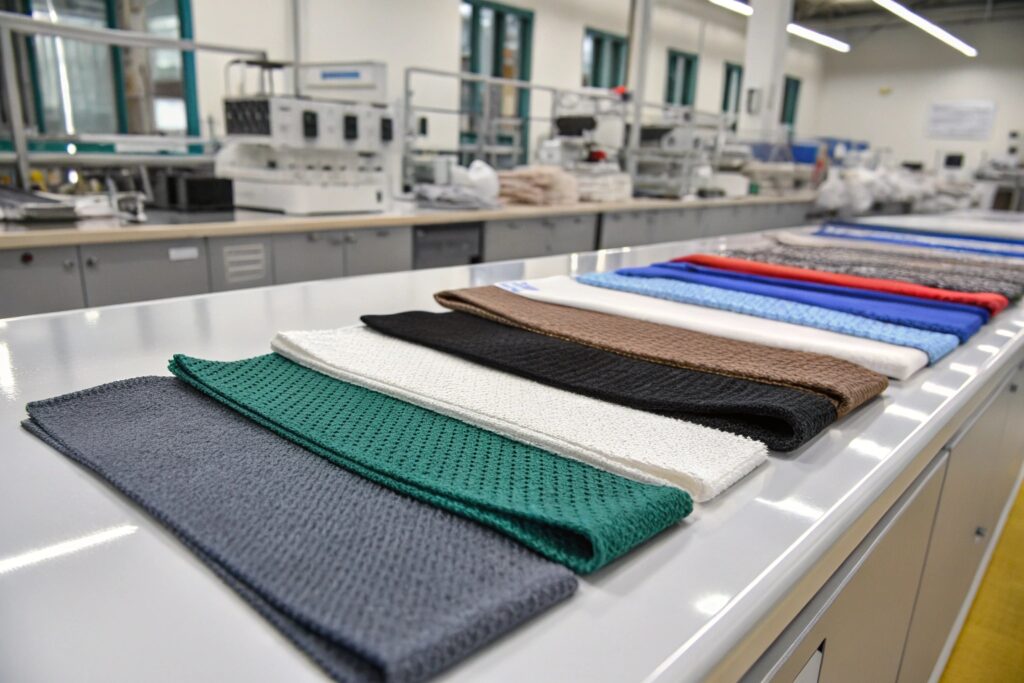Sweatbands are no longer just athletic staples—they're now essential fashion-meets-function items in sportswear, outdoor gear, and even casual fashion. As buyer demand grows for comfort, durability, and sustainability, manufacturers have had to innovate fast. Over the past few years, material breakthroughs have completely reshaped what sweatbands can do.
New materials in sweatband manufacturing include moisture-wicking mesh, bamboo fiber, recycled polyester, graphene-infused yarns, and cooling phase-change fabrics—enhancing comfort, sustainability, and performance.
At HairAcc, we’ve integrated many of these innovations to serve both fitness brands and fashion retailers. Let’s explore the cutting-edge materials changing the game in sweatband design and production.
How Has Moisture-Wicking Mesh Changed Sweatband Performance?
Traditional cotton sweatbands feel soft—but they trap moisture quickly. That’s why brands now demand fabrics that not only absorb but also transport sweat away from the skin. This is where engineered mesh makes a difference.
Moisture-wicking mesh uses capillary channels to pull sweat away from the skin, keeping wearers dry, cool, and irritation-free during high-performance activities.
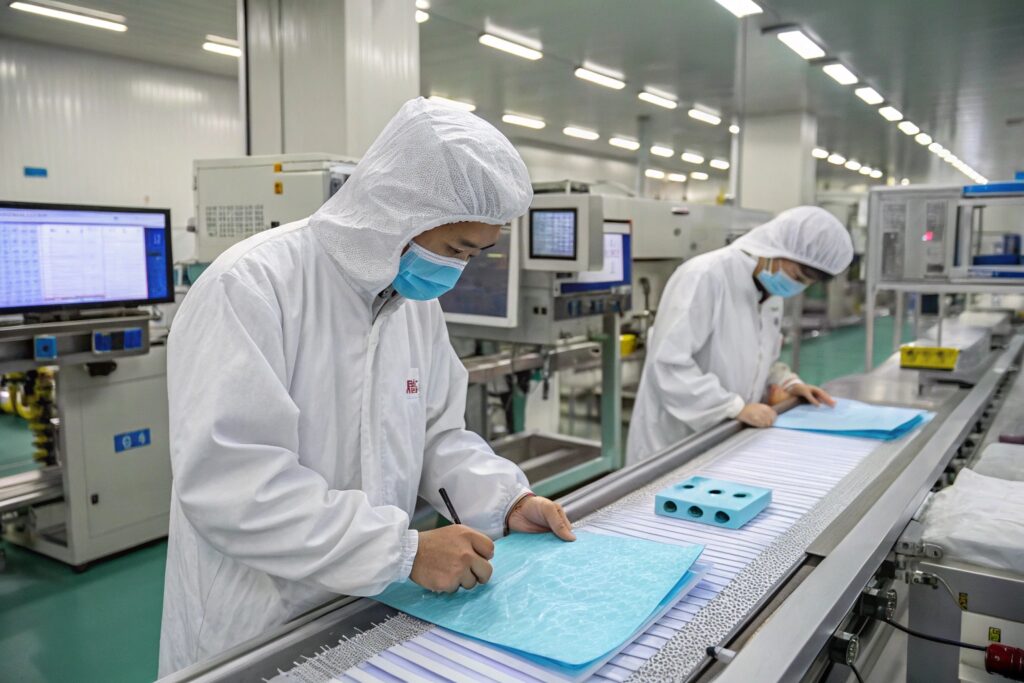
What Makes This Mesh Different?
Unlike basic terry or jersey fabrics, moisture-wicking mesh is designed with hydrophobic/hydrophilic fiber blends. The inner layer absorbs sweat, while the outer layer releases it through micro-ventilation holes. We source advanced mesh from suppliers like Coolmax® for ultra-breathable models used in sports headbands.
How Does It Affect Cost and Customization?
These materials cost slightly more than basic cotton, but are still highly scalable. We’ve helped clients print logos using heat transfer film on top of mesh without affecting wicking performance—ideal for marathon events, activewear brands, and outdoor labels.
What Role Do Bamboo and Tencel Play in Eco Sweatband Lines?
As sustainability becomes a top priority for global brands, sweatband manufacturers are turning to plant-based fibers. Bamboo and Tencel are especially popular due to their renewability, softness, and antibacterial properties.
Bamboo viscose and Tencel lyocell provide breathable, eco-certified, and hypoallergenic alternatives to synthetic sweatband materials.
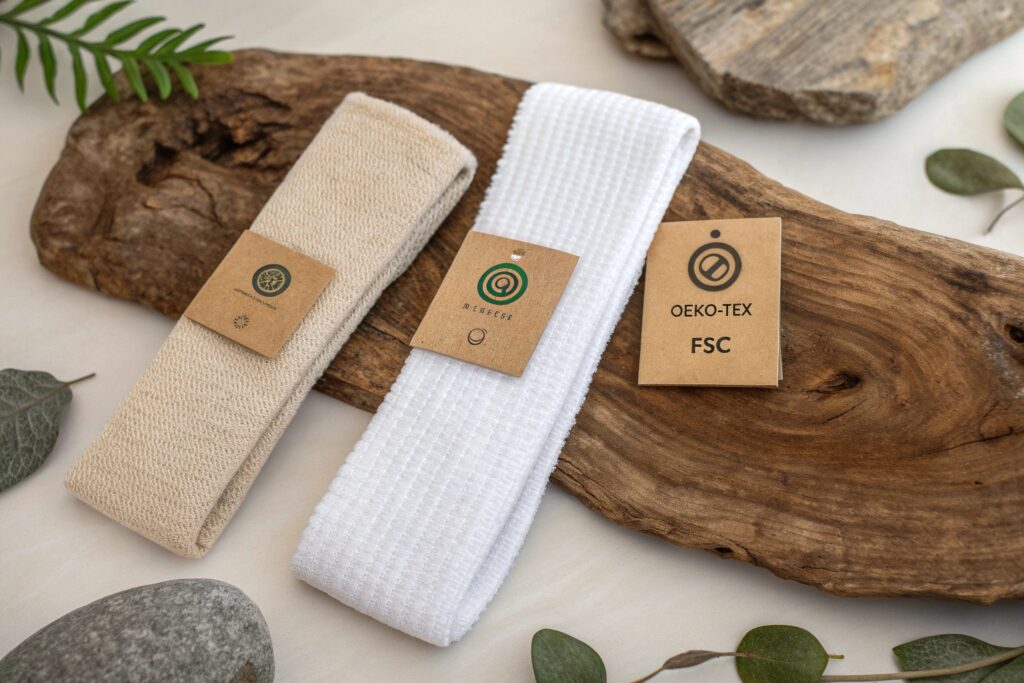
Why Choose Bamboo or Tencel for Sweatbands?
These fibers naturally resist bacteria and feel cool on skin. Bamboo sweatbands are perfect for yoga, meditation, and casual wear, while Tencel suits luxury or wellness-focused collections. We offer blends that are GOTS and OEKO-TEX certified for eco buyers.
Are There Any Challenges?
Bamboo fiber is less elastic than polyester, so it’s often blended with spandex. It also requires low-temperature printing and careful washing to maintain shape. But for clients focused on plastic-free collections, it’s a great alternative to synthetic blends.
How Is Recycled Polyester Reshaping Mass-Market Sweatbands?
Recycled polyester (rPET) is quickly becoming the norm in mass production—not just for apparel but also accessories like sweatbands. It helps brands meet sustainability goals while maintaining traditional elasticity and shape retention.
Recycled polyester in sweatband manufacturing cuts waste, lowers carbon impact, and allows scalable, moisture-resistant production at competitive prices.
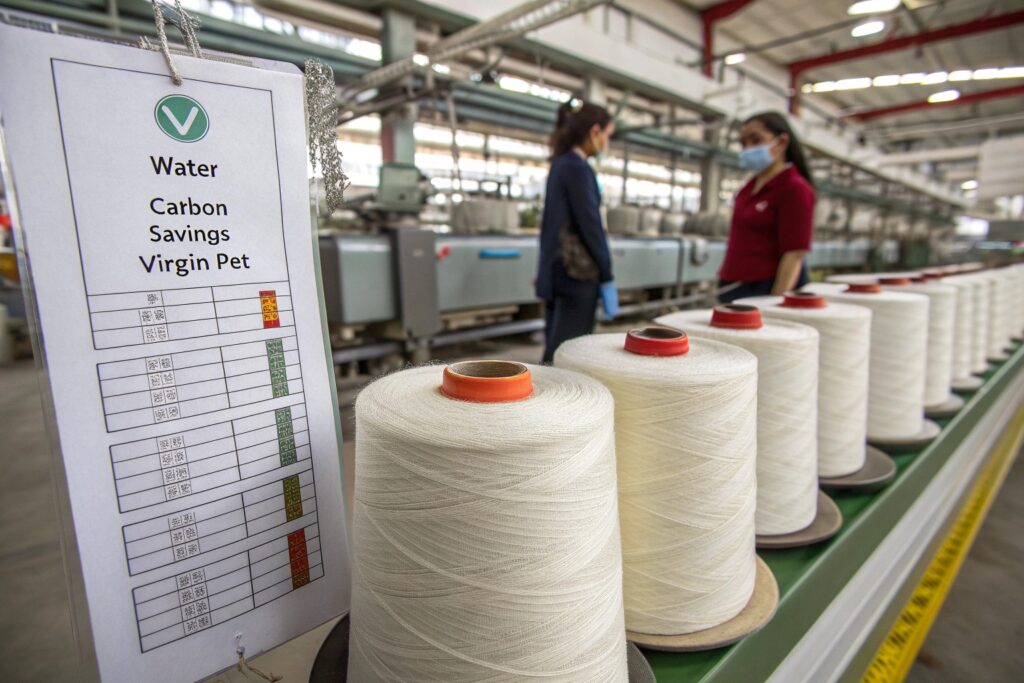
Where Does the Material Come From?
rPET is sourced from post-consumer plastic bottles and textile waste. Factories melt and re-spin the plastic into yarns. Brands like REPREVE® are industry leaders in certified recycled polyester. At HairAcc, we offer sweatband lines using 60%–100% rPET blends for brands seeking sustainability without performance trade-offs.
How Do Buyers Benefit?
You can get all the benefits of synthetic fabric—durability, printability, elasticity—with a sustainability story that sells. For example, our recycled lines helped a European retailer win shelf space in eco-conscious chains by offering a carbon footprint reduction of 35% per unit.
What Are the Cutting-Edge Materials Like Graphene and Cooling Fabrics?
Beyond breathable and recycled materials, sweatbands are now entering high-tech territory. Thermoregulation, anti-static properties, and even anti-bacterial coatings are becoming standard features in premium lines.
Graphene-infused and phase-change fabrics introduce smart cooling, energy conduction, and next-level comfort in athletic sweatbands.
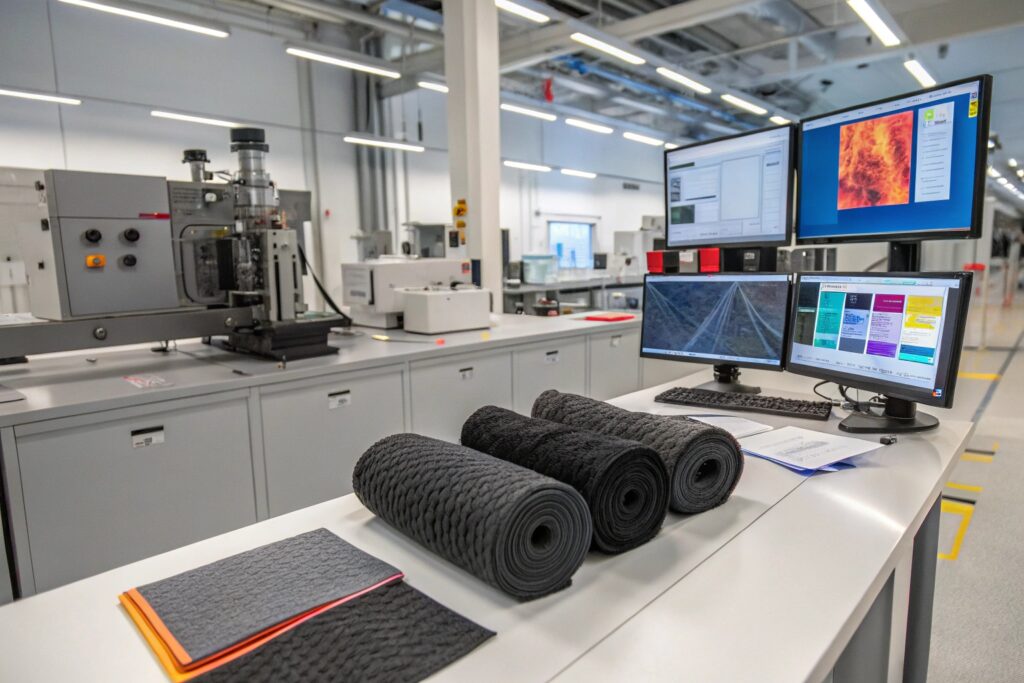
What Is Graphene’s Role in Sweatband Innovation?
Graphene is a super-light, conductive material added to polyester blends. It improves temperature regulation, odor resistance, and UV protection. Brands use it in high-performance training headbands for winter or extreme heat.
What About Phase-Change Materials?
We also experiment with PCM (Phase Change Material) that absorb and release heat as needed. This is great for sweatbands used in long outdoor races or cycling. When body temperature rises, PCMs absorb excess heat; when it drops, they release it back—providing smart thermal control.
Conclusion
Sweatbands have come a long way from basic cotton terry. Today’s top materials—moisture-wicking mesh, bamboo, rPET, graphene, and PCM fabrics—blend function, comfort, and sustainability like never before. At HairAcc, we work closely with textile innovators to bring these cutting-edge materials to your product line. Whether you're building a yoga collection or training gear for pro athletes, our sweatbands give your customers more than just style—they offer performance that keeps up.

